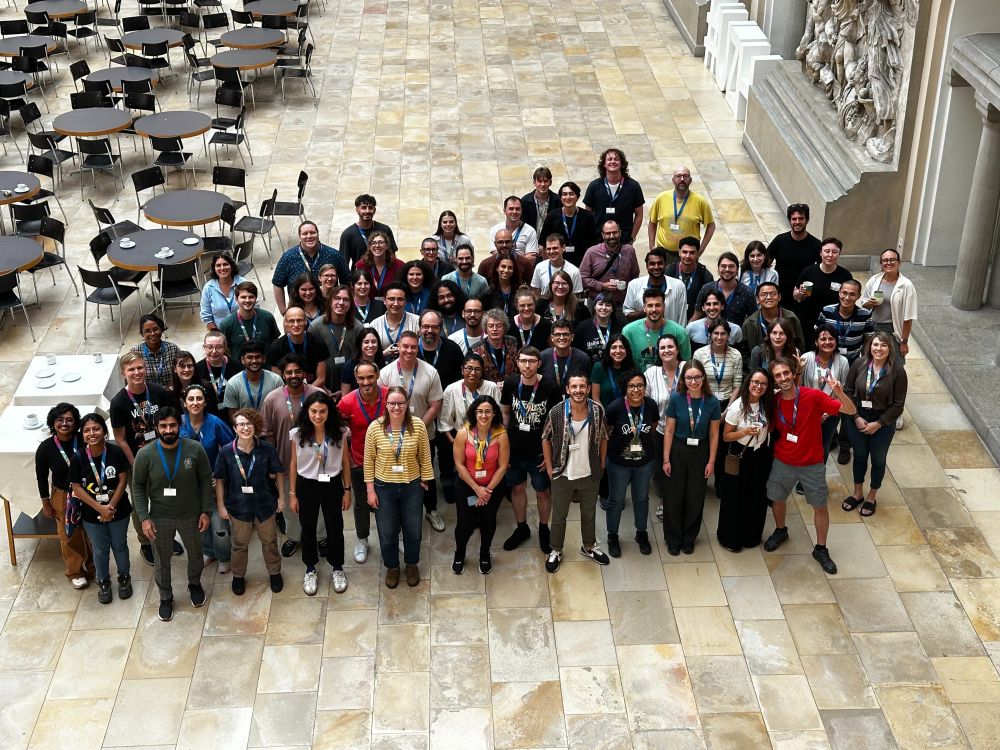Alessio Capobianco
@acapomorphic.bsky.social
82 followers
110 following
10 posts
Vertebrate paleontologist and evolutionary biologist, currently postdoc at LMU Munich. In a love-hate relationship with phylogenies :D
Posts
Media
Videos
Starter Packs
Reposted by Alessio Capobianco
Reposted by Alessio Capobianco
Reposted by Alessio Capobianco
Reposted by Alessio Capobianco
Reposted by Alessio Capobianco









![Higher-level taxonomic patterns of relative abundances of teleosts through the Hell Creek Formation and lower half of the Tullock Member of the Fort Union Formation, Garfield County, Montana, USA. Data from the Pine Cree Park (PCP) locality of the Ravenscrag Formation, Saskatchewan, Canada was included to fill the temporal gap (Puercan 2 NALMA substage or Pu2) in the Montana record. Percent relative abundances are based on centra per locality (vertical stacked columns; see Table 1 and Brinkman et al. [2021, table 2 and figure 20] for details), with each locality identified at the top of the figure and their total sample size (N) indicated in parentheses. Taxa are listed at the bottom of the figure, with their total sample sizes (N) per geologic unit indicated in parentheses; the first value (to the left of the first forward slash) is the total sample size from the Hell Creek Formation, the middle value is from the Tullock Member, and the last value is from the PCP locality of the Ravenscrag Formation. The colorized box next to each taxon name corresponds to the colorized portions in the vertical stacked columns. See the caption for Figure 22 for an explanation of the chronostratigraphic framework. Figure modified from Brinkman et al. (2021, figure 20). Abbreviations: FH, Fox Hills Formation; K-Pg, Cretaceous-Paleogene; Ma, million years; Mbr./Fm., member or formation; NALMA, North American Land Mammal “age”; Pmag., geomagnetic polarity chron; Pu1, Pu2 (gray because Pu2 fauna has not been found in the local area), Pu3, Puercan 1, 2, 3; Strat. (m), stratigraphic position in meters relative to the K-Pg boundary; To1, Torrejonian 1.](https://cdn.bsky.app/img/feed_thumbnail/plain/did:plc:mlq4aycufcuolr7ax6sezpc4/bafkreibi4o5e5bce35zitdd4yppxmd4qope4rfnzruiixylw4gk2wyzsty@jpeg)